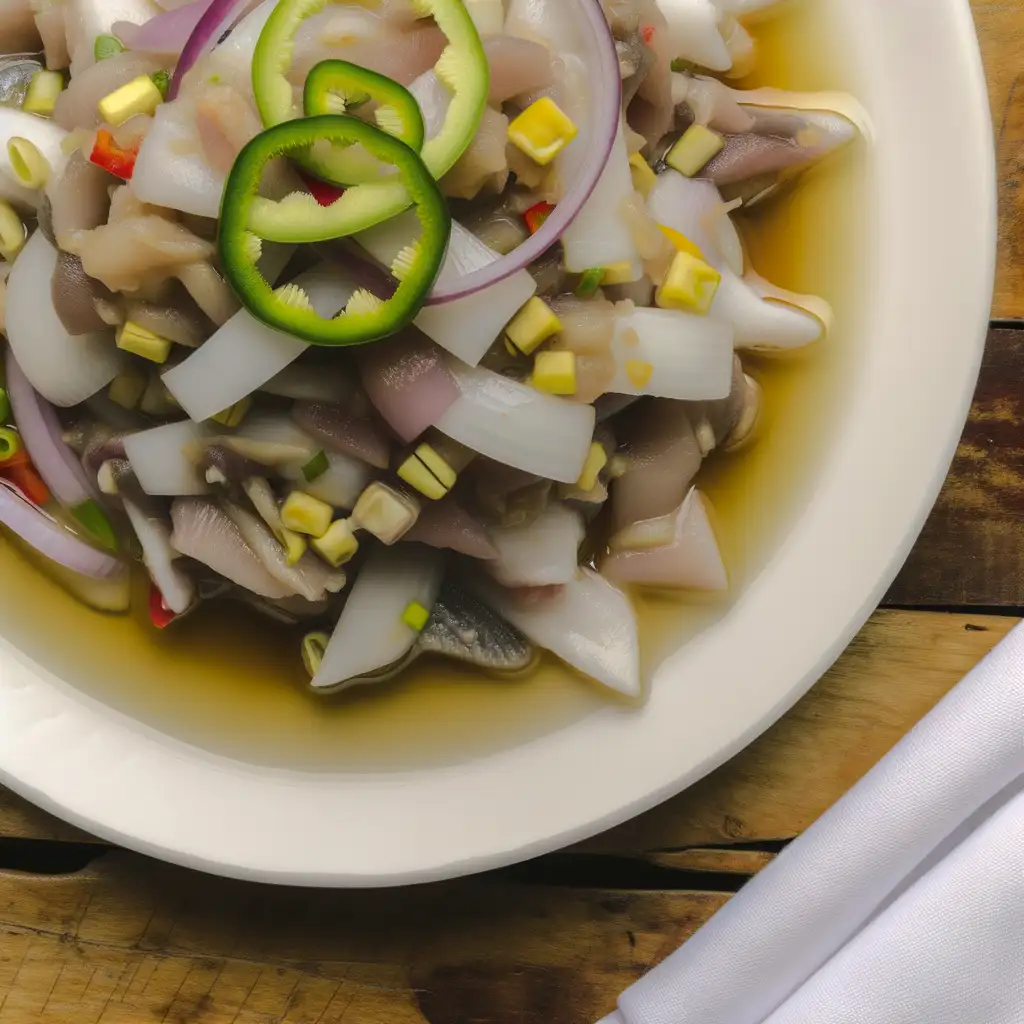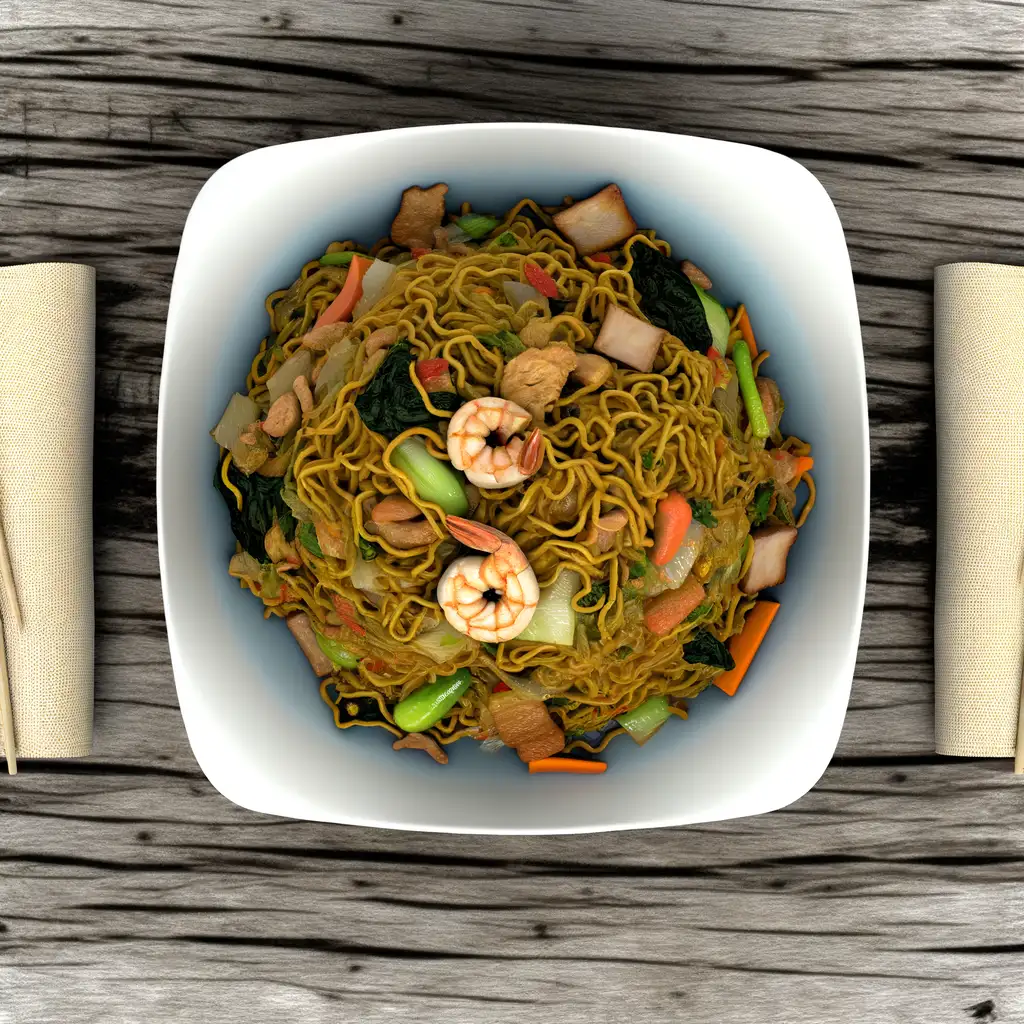



If you ever find yourself craving a place where the rhythm of life slows just enough to let you breathe in the warmth of genuine community,Davan in the Philippines is where you want to be. The moment you step into this city,there’s a comforting hum in the air—the chatter of locals weaving stories,the distant splash of waves,and the scent of fresh tropical fruits mingling with salty sea breeze. It’s a place that feels alive yet unhurried,where every corner invites you to pause and soak in the simple joys. Walking through Davan’s streets,you’ll notice the vibrant colors of sari-sari stores and the inviting aroma of street food—grilled seafood sizzling over charcoal,sweet mangoes dripping with juice,and the unmistakable tang of vinegar in local kinilaw. The city pulses with a blend of tradition and everyday life,where jeepneys rattle by and children’s laughter echoes from nearby playgrounds. There’s a warmth in the smiles here,a genuine friendliness that makes you feel like you belong even if you’re just passing through. What really sets Davan apart is its deep connection to nature and culture. From lively festivals that light up the night with music and dance to quiet mornings spent watching fishermen haul in their catch,the city offers a rich tapestry of experiences that feel both authentic and inviting. It’s not about rushing to check off sights but about savoring moments—whether that’s sharing a meal with new friends or simply watching the sun dip below the horizon,painting the sky in hues you won’t forget.
The information on this page is currently being reviewed by Tripkliq and should be used as a guide only
Eng word: Hello
Eng pronunciation: Hello
Local language: Hello
Eng word: Goodbye
Eng pronunciation: Pah-ah-lahm
Local language: Paalam
Eng word: Thank you
Eng pronunciation: Sah-lah-maht
Local language: Salamat
Eng word: How much
Eng pronunciation: Tag-pee-lah
Local language: Tagpila
Eng word: Toilet
Eng pronunciation: Kah-sil-yas
Local language: Kasilyas
Eng word: Help me
Eng pronunciation: Tah-bahng-ee koh
Local language: Tabangi ko
Eng word: Yes
Eng pronunciation: Oh-oh
Local language: Oo
Eng word: No
Eng pronunciation: Dee-lee
Local language: Dili
Eng word: Excuse me
Eng pronunciation: Pah-sigh-loh-ah koh
Local language: Pasayloa ko
Davao City, often referred to as the 'Crown Jewel of Mindanao,' is one of the largest cities in the Philippines by land area. It has a rich history of being a cultural and economic hub in the southern Philippines.
Davao City is home to several indigenous Lumad tribes, including the Bagobo, Mandaya, and Manobo. These tribes have preserved their unique traditions, crafts, and dances, which are celebrated during local festivals.
Davao City was officially founded on March 16,1937, under the Commonwealth Government of the Philippines. It has since grown into a bustling metropolis while maintaining its natural beauty and cultural heritage.
In the early 20th century, Japanese settlers played a significant role in Davao's agricultural development, particularly in the abaca (Manila hemp) industry. Their influence is still evident in some historical landmarks and cultural ties.
San Pedro Cathedral, built in 1847, is the oldest church in Davao City. Its unique architecture and historical significance make it a must-visit site for tourists and history enthusiasts.
During World War II, Davao City was a strategic location for both Japanese and Allied forces. The city has several historical markers and memorials commemorating this period.
Davao City is known as the 'Durian Capital of the Philippines.' The city's fertile lands and tropical climate make it an ideal place for growing this iconic fruit, which has become a symbol of Davao's identity.
The Kadayawan Festival, held every August, is a grand celebration of Davao's cultural heritage, natural bounty, and the unity of its people. It showcases colorful parades, traditional dances, and local crafts.
Davao City is the gateway to Mount Apo, the highest peak in the Philippines. This majestic mountain is a popular destination for hikers and nature lovers, offering breathtaking views and diverse wildlife.
In Davan, the most common Power Adaptor is Type A, Type B.



A sour soup made with tamarind, tomatoes, and various vegetables, often cooked with pork, shrimp, or fish, known for its tangy flavor.

A whole roasted pig, famous for its crispy skin and tender meat, often served during special occasions and celebrations.

A popular Filipino dessert made with crushed ice, sweetened fruits, jellies, and topped with leche flan and ube ice cream.

A traditional Filipino dish made from fresh raw fish marinated in vinegar, citrus juices, and spices, often served as an appetizer.

A stir-fried noodle dish that comes in various forms, typically made with rice noodles, vegetables, and a choice of meat or seafood.
Imagine stepping into a place where history hums through the streets and the ocean breeze carries the scent of salty adventure—that’s Cebu City for you. The moment you arrive,there’s this lively energy that wraps around you,a mix of old-world charm and modern buzz. You’ll find yourself wandering through colorful markets where the chatter of vendors blends with the aroma of freshly grilled street food—think sweet,smoky lechon sizzling over coals,tempting you at every corner.
Cebu’s character is a beautiful blend of the past and present. Ancient Spanish forts and centuries-old churches stand proudly alongside sleek cafes and vibrant street art. The city pulses with warmth,not just from the tropical sun but from the people who greet you with genuine smiles and stories. At night,the streets light up with music and laughter,and you can almost taste the festive spirit in the air.
What really makes Cebu unforgettable is how it feels alive in every sense. You can hear the waves crashing nearby,see the colorful jeepneys weaving through traffic,smell the tropical fruits at the market,and feel the warmth of the sun on your skin as you explore. It’s a place where culture,history,and everyday life blend seamlessly,inviting you to dive in and experience its vibrant soul firsthand.
If you ever find yourself craving a place where nature’s calm meets a laid-back island spirit,Puerto Princesa is where you want to be. The moment you step off the plane,there’s this warm,salty breeze that wraps around you,carrying the faint scent of the sea and tropical blooms. It’s a city that doesn’t rush — people move with a gentle rhythm,and the streets hum softly with the chatter of locals and the occasional strum of a guitar from a nearby café. It feels like a breath of fresh air,both literally and figuratively.
What really makes Puerto Princesa stand out is its deep connection to nature. The famous Underground River is just the beginning — lush mangroves,crystal-clear waters,and vibrant coral reefs surround the city,inviting you to explore. You can hear the calls of exotic birds in the morning and watch fishermen bring in their catch as the sun dips low,painting the sky in shades of pink and orange. The food scene here is a delightful surprise too — fresh seafood grilled right on the beach,sweet tropical fruits bursting with flavor,and local dishes that tell stories of the sea and the land.
But beyond the sights and tastes,it’s the people who make Puerto Princesa unforgettable. Their warmth and genuine smiles make you feel like you’re not just visiting,but truly welcomed. Whether you’re wandering through the bustling market or sharing a laugh with a vendor,there’s a sense of community that lingers long after you leave. It’s a place that invites you to slow down,soak in the simple joys,and leave with a heart full of stories.
If you ever find yourself dreaming of a place where the sea feels like a warm embrace and the air carries the scent of salt and tropical blooms,El Nido is that kind of magic. From the moment you step off the boat or wander through its laid-back streets,there’s this undeniable calm mixed with a spark of adventure. The limestone cliffs rise dramatically from turquoise waters,creating a playground of hidden lagoons and secret beaches that seem almost too beautiful to be real. You’ll hear the gentle lapping of waves,the distant chatter of fishermen,and the occasional call of tropical birds,all blending into a soothing soundtrack that makes you want to slow down and just breathe it all in.
The town itself pulses with a warm,welcoming energy. Locals greet you with genuine smiles,and the small cafes and eateries invite you to savor fresh seafood grilled right in front of you,bursting with flavors that tell stories of the sea. At night,the sky turns a deep velvet,and the stars feel close enough to touch,while the soft hum of acoustic guitars drifts from beach bars. It’s a place where time seems to stretch,letting you lose yourself in the rhythm of island life.
What makes El Nido truly special is how it balances raw natural beauty with a vibrant,heartfelt culture. Whether you’re kayaking through crystal-clear waters,hiking up to panoramic viewpoints,or simply sipping a cold drink while watching the sunset paint the sky in fiery hues,El Nido invites you to connect—with nature,with people,and with a sense of wonder that stays with you long after you leave.
If you ever find yourself wandering through the heart of Bohol,Tagbilaran City greets you with a warm,unhurried rhythm that feels like a gentle hug after a long journey. The city hums with life—not the overwhelming buzz of a metropolis,but a lively,welcoming energy where jeepneys rattle by and street vendors call out their fresh fruit and local snacks. As you stroll along the waterfront,the salty breeze carries the faint scent of grilled seafood mingling with tropical flowers,inviting you to slow down and savor the moment.
Tagbilaran’s charm lies in its blend of old and new. You’ll catch glimpses of Spanish-era churches standing proudly beside colorful markets where locals barter over ripe mangoes and sticky rice treats. The city’s pulse is deeply tied to its people—friendly,easygoing,and proud of their heritage. At night,the streets light up with laughter and music spilling from small eateries where you can taste the rich flavors of Boholano cuisine,like the sweet,tender kalamay or freshly caught fish cooked with coconut milk.
What really stays with you is the city’s sense of community and its connection to the sea. Whether you’re watching fishermen haul in their catch at dawn or joining a lively fiesta,Tagbilaran feels like a place where stories are shared over steaming cups of coffee and where every corner invites you to discover a new layer of its soul. It’s not just a stopover—it’s a place that quietly pulls you in and makes you want to stay a little longer.
Imagine stepping into a place where the air carries a salty tang,mingled with the sweet scent of tropical blooms,and the gentle lapping of turquoise waves sets a soothing rhythm to your days. That’s Coron,a town that feels like a warm embrace from the Philippines itself. It’s not just the jaw-dropping limestone cliffs and crystal-clear lagoons that captivate you—it’s the laid-back vibe that invites you to slow down,breathe deeply,and soak in the natural beauty around every corner.
Wandering through Coron’s lively market,you’ll hear the cheerful chatter of locals,the sizzle of fresh seafood grilling over open flames,and the occasional burst of laughter from children playing nearby. The town pulses with a genuine warmth,where people greet you with smiles as bright as the sun overhead. At night,the sky turns a deep velvet,and the stars seem close enough to touch,while the scent of grilled fish and sweet mangoes drifts through the air.
What makes Coron truly special is how it blends adventure with tranquility. You can dive into vibrant coral gardens,explore mysterious shipwrecks from World War II,or kayak through serene lagoons framed by towering cliffs. Then,after a day of exploration,you’ll find yourself savoring a cold coconut juice or a plate of freshly caught seafood,feeling utterly content. Coron isn’t just a destination—it’s a feeling,a place that stays with you long after you’ve left.
If you ever find yourself craving a place where history hums softly alongside the buzz of everyday life,Iloilo City is where you want to be. The moment you step into its streets,there’s this warm,inviting energy—like the city is gently nudging you to slow down and savor its stories. You’ll notice the colonial-era buildings standing proudly beside modern cafes,their facades telling tales of centuries past. The air carries a subtle mix of salty sea breeze and the sweet aroma of freshly baked pan de sal,making every morning feel like a comforting embrace.
Walking through Iloilo,you’ll hear the lively chatter of locals,the clinking of glasses in cozy eateries,and the distant strum of guitars from street performers. The city’s character shines brightest in its festivals,especially the Dinagyang,where vibrant costumes and rhythmic drums fill the streets with infectious joy. But even on quieter days,the genuine smiles of Ilonggos and their easygoing hospitality make you feel like you’ve found a second home.
And then there’s the food—oh,the food! From the rich,savory batchoy served steaming hot in humble noodle shops to the sweet,creamy taste of fresh mangoes,every bite is a celebration of local flavors. Iloilo isn’t just a place to visit; it’s a place to experience,where every corner invites you to pause,breathe,and fall a little in love with its soul.
Unlicensed money changers may offer poor exchange rates or shortchange tourists during transactions.
Scammers may approach tourists claiming to collect donations for a fake charity or cause, pressuring them to give money.
Vendors may sell counterfeit or low-quality items as authentic local crafts at inflated prices.
Individuals posing as tour guides may offer their services and charge high fees, providing little to no value in return.
Some restaurants or food stalls near tourist spots may charge tourists significantly higher prices than locals for the same items.
Some taxi or tricycle drivers may refuse to use the meter or charge inflated rates, especially for tourists unfamiliar with local fares.
Crowded areas like markets or public transportation hubs may attract pickpockets targeting tourists' wallets, phones, or other valuables.
Tourists may be offered cheap island-hopping tours by unlicensed operators, which can be unsafe or poorly managed.
The Philippines has extremely strict anti-drug laws, and Davao City is no exception. Possession, use, or trafficking of illegal drugs is punishable by severe penalties, including long prison sentences or even the death penalty in extreme cases. The city is known for its zero-tolerance policy on drugs, and tourists are strongly advised to avoid any involvement with illegal substances.
Davao City, Philippines, has one of the strictest anti-smoking ordinances in the country. Smoking is prohibited in all public places, including streets, parks, government offices, public transportation, and even inside private vehicles when in public areas. Designated smoking areas are rare and must comply with strict regulations. Violators can face fines ranging from PHP 1,000 to PHP 5,000 or imprisonment for up to four months.
Vaping is treated similarly to smoking in Davao City and is also prohibited in public places under the city's Comprehensive Anti-Smoking Ordinance. This includes the use of e-cigarettes and other electronic nicotine delivery systems. Tourists should avoid vaping in public areas to avoid fines or penalties.
What are other people saying about Davan?
Recent Social posts about Davan
There is nothing to show you for now.